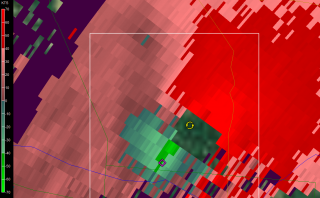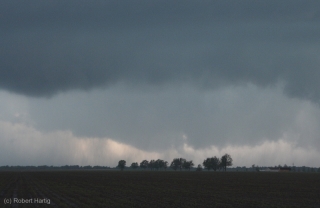The heat wave is here. Today inaugurates it in West Michigan with the temperature moving up toward 90 degrees in the afternoon and dewpoints from the low to mid seventies. Ecch!
Lacking both the ambition and the time this morning to write a full-fledged post, I’ve once again rummaged through my archives. I haven’t had to look far to find something thought-provoking for musicians and storm chasers alike–or for anyone who’s passionate about any kind of life pursuit–and fitting for a Sunday morning.
From last October, here is a post reflective in its tone, which I titled, “Between Idolatry and Joy.” Its concept is one I’ve had to remind myself of during a storm season whose frustrations challenged my attitude sorely. So if parts of it feel uncomfortable, bear in mind that I’m in the same canoe paddling with you. It’s a matter of being human and fallible, yet also thankful for Someone bigger than me who calls me to set my heart on things higher than what I can see and feel.





